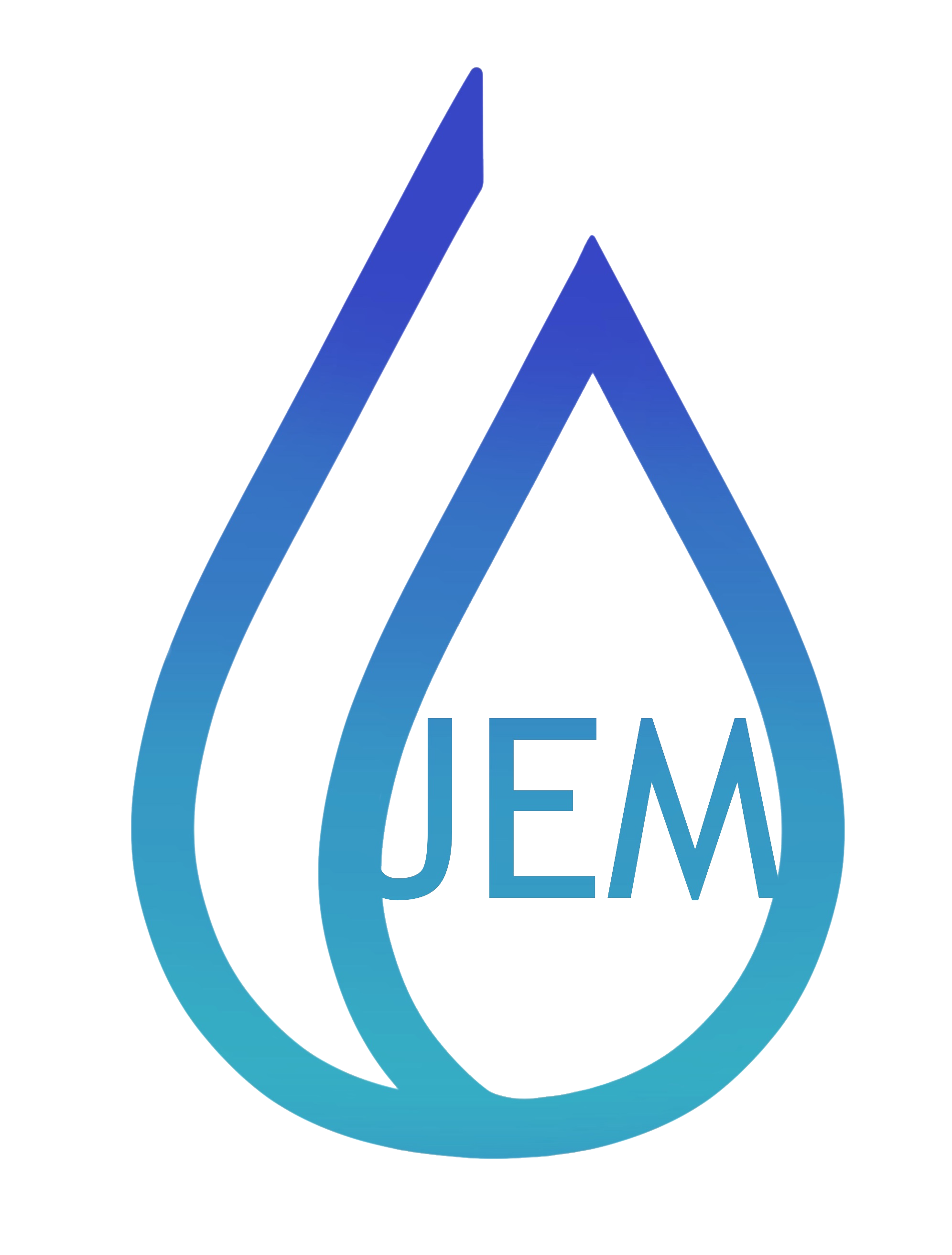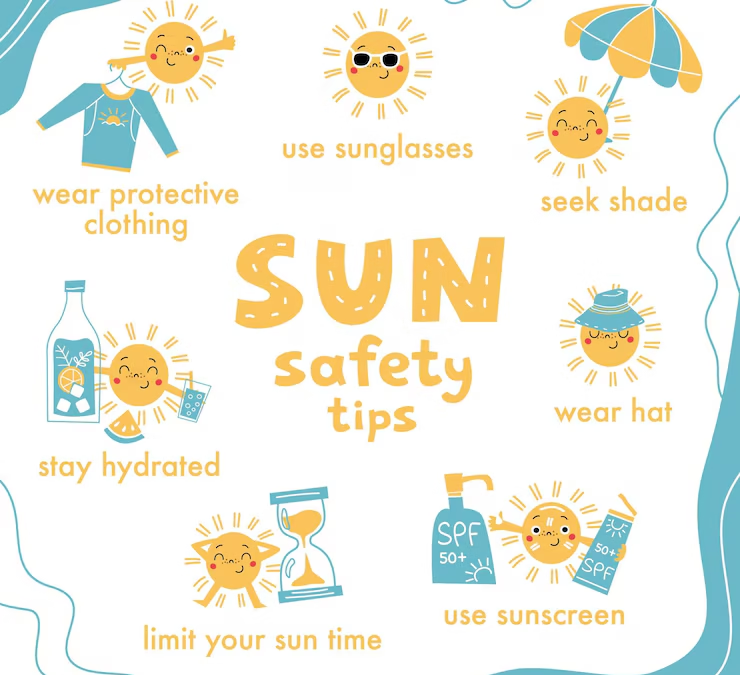Sun protection is frequently overlooked in the workplace, yet prolonged exposure to the sun’s harmful rays can lead to serious health problems. Implementing sun protection safety guidelines helps lower the risk of sun-related illnesses and fosters a safer working environment.
Discussion Points:
- Recognize the hazards of sun exposure.
- Understand the various types of illnesses and skin damage related to sun exposure.
- Follow sun protection guidelines for employees exposed to sunlight while working.
Discussion:
Sun safety protects your skin and eyes from harmful ultraviolet (UV) radiation. Workers can safeguard themselves from sun exposure by implementing protective measures. These include adjusting work schedules, scheduling regular breaks, rotating job responsibilities, applying sunscreen, and wearing protective clothing and eye protection.
Additionally, workers will receive training on the importance of sun protection and effective ways to shield themselves from prolonged exposure to UV rays.
Guidelines for sun protection:
- Use sunscreen with at least SPF 30 about 20 minutes before going outdoors. Reapply every two hours or more frequently if you are sweating heavily. If using insect repellent, reapply the sunscreen more often. SPF, or Sun Protection Factor, measures how well a sunscreen protects against UVB radiation, which primarily causes sunburn. The higher the SPF number, the more protection it offers against UVB rays.
- Choose lightweight, tightly woven long-sleeved shirts, long pants, or high-SPF clothing.
- Wear sunglasses with UV protection and side panels.
- Frequently take breaks in shaded areas or indoors to rest and cool down.
- Schedule outdoor activities for earlier in the morning or later in the afternoon and work indoors when the sun is at its strongest.
- Drink plenty of water throughout the day to replenish lost fluids.
- Always check the weather forecast and the UV index before heading outdoors
Implementing these sun protection safety guidelines can help reduce the risk of sun-related illnesses and promote a safe work environment. You may complain that it is too hot to wear long-sleeved shirts and long pants. However, choosing to wear shorts and a tank top will expose the skin to the dangerous UV rays, increasing exposure resulting in sun-related illness and sunburned skin.
Sun protection safety is essential year-round, even on cloudy or cool days. Remember that surfaces like sand, water, and snow reflect UV rays, increasing your exposure even in the shade. It is crucial to communicate with supervisors and do not hesitate to speak up if you are not feeling well. Prioritizing sun protection will ensure you stay healthy and productive throughout the summer.
As always, stay safe out there!


Recent Comments